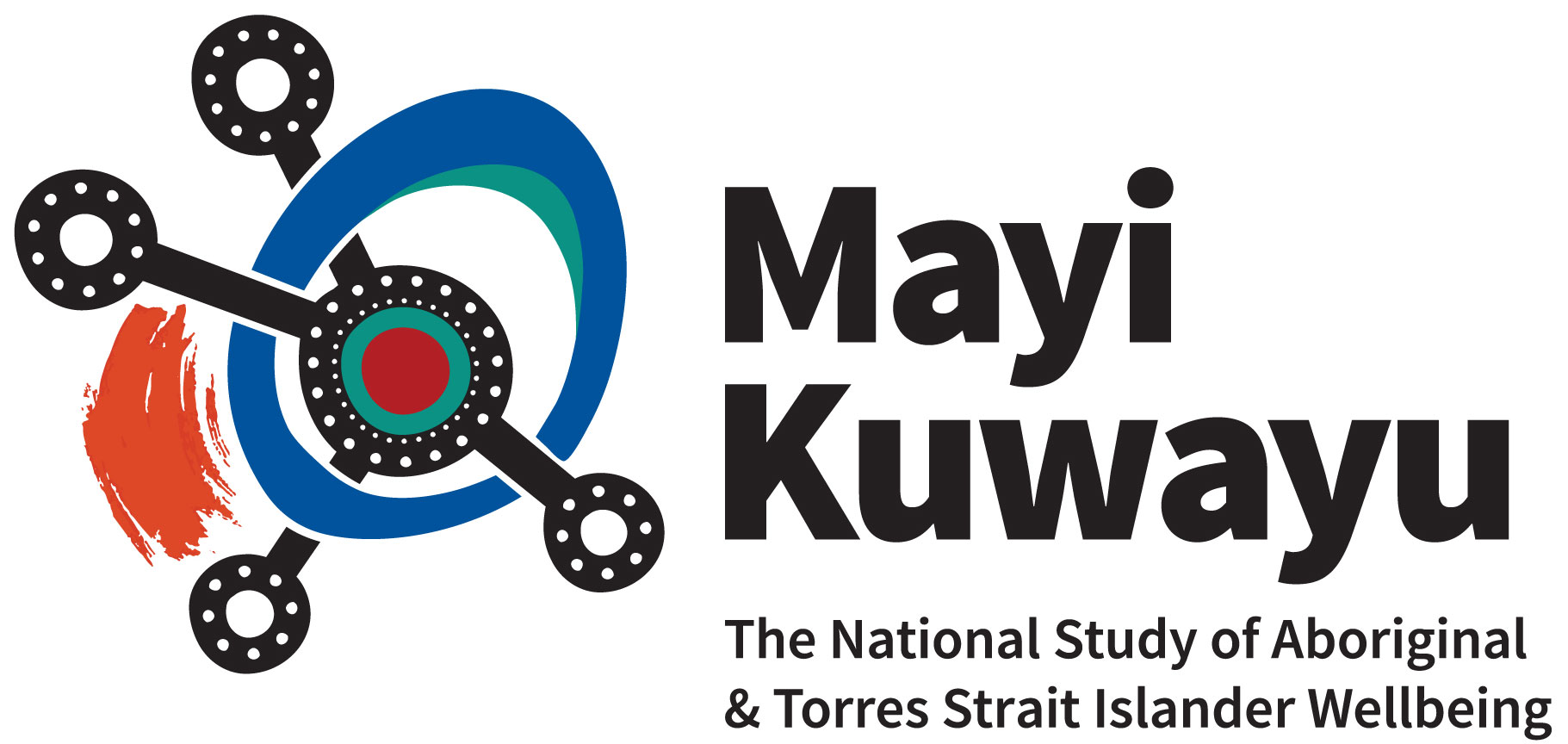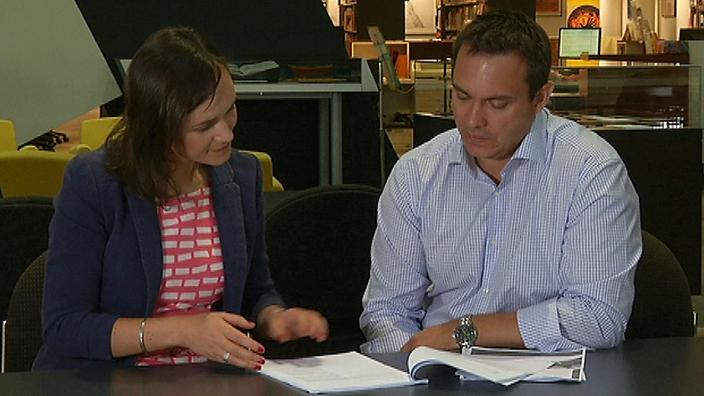Targets needed to reduce family violence in our communities

Call to involve Indigenous communities more in family violence programs
September 7, 2017ANU receives $16 million in NHMRC funding
September 9, 2017Researchers find many family violence programs fail to properly evaluate their progress.
How does Australia tackle the scourge of domestic violence in First Nations communities?
At one end of the scale of solutions are confronting ad campaigns, the advocacy of 2015 Australian of the Year Rosie Batty and the polished speeches of Prime Minister Turnbull.
At the other end are frontline programs in communities trying to stop family violence.
Research by Australia’s National Research Agency for Women’s Safety released on Thursday found the evaluation of those frontline programs usually failed to find what worked well and how to ensure their successes continued.
“Having that information from community right through to national level would be a better way,” said Dr Ray Lovett from the Australian Institute for Aboriginal and Torres Strait Islander Studies.

‘One of our big recommendations is to make sure those programs have ongoing funding to be able to implement evaluation frameworks’: Dr Ray Lovett.
Indigenous women experience a much higher rate of violence from partners and extended family members, but much of the data is localised, Dr Lovett said, making the understanding of family violence in Indigenous communities “incomplete”.
The ANROWS review of 24 family violence programs from around the country found only two had ‘strong’ evidence approaches, while ten were classed as ‘moderate’, four were ‘sufficient’ and eight were ‘insufficient’
“Over one third of programs were classified as having an insufficient level of evidence,” the research paper stated.
“The reasons for inclusion in this category were: not reporting or not being able to report the outcomes of the evaluation against the stated aims; only describing the process of the program and not reporting impact or a combination of self-selection, small samples and anecdotal evidence.”
It recommended targets to measure the impact of family violence programs, like reduced hospitalisations and arrests for family violence, as well as funding for family violence programs to be able to properly evaluate their performances.
“One of our big recommendations is to make sure those programs have ongoing funding to be able to implement evaluation frameworks,” Dr Lovett said.
In its review of the literature around family violence programs, the report also found that Indigenous-led solutions were the most successful.
“There is desire in communities to do something to create solutions,” said researcher Dr Anna Olsen from the Australian National University.
“Those solutions should be Indigenous-led and should incorporate men, women, families and the wider community.”
Like many reports before it, the ANROWS report also recommended more be done to restore traditional culture and kinship ties, a focus on culturally appropriate programs and punishments, and a greater role for Indigenous people in tackling the problem.
Source: View Website

